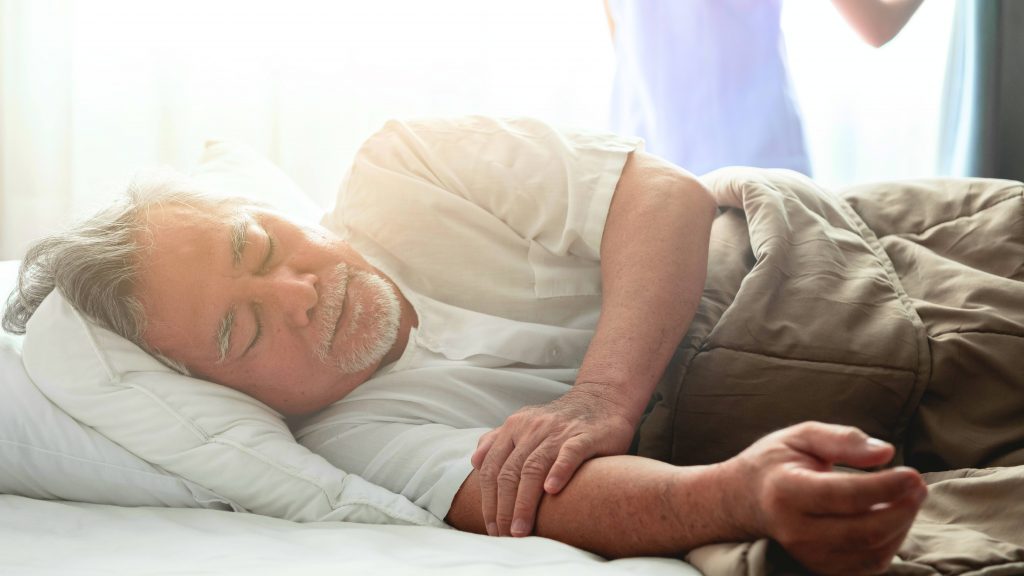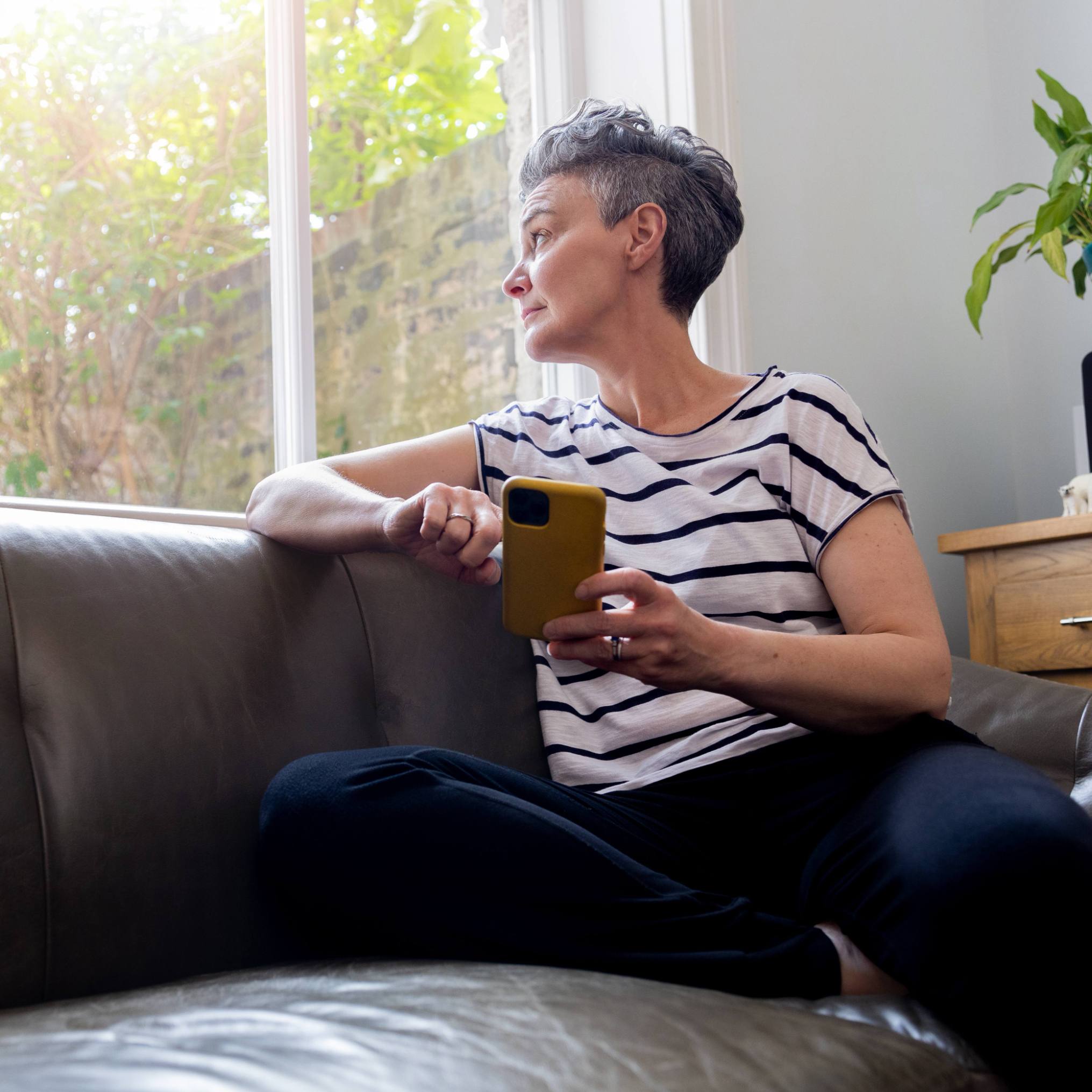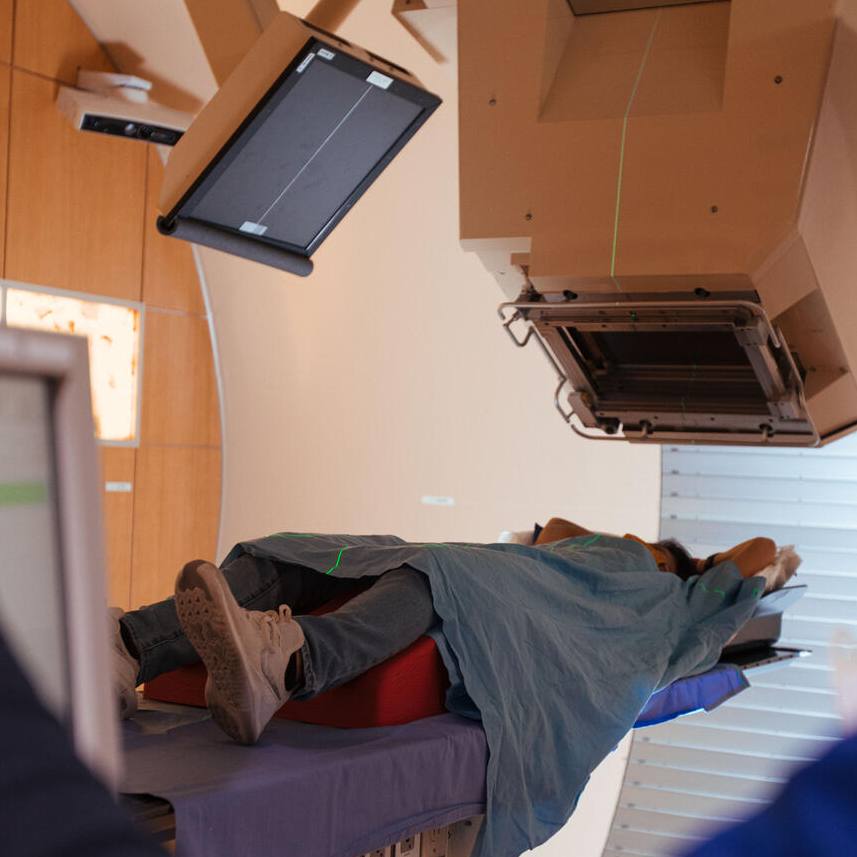-
How to safely care for someone with COVID-19 in your household

Most people who get sick with COVID-19 should be able to recover at home without the need for hospitalization. Because of that, it's important to know what to do if someone in your household becomes infected. How can someone give that patient the care he or she needs without putting others in the household at risk?
Here's what Dr. Gregory Poland, a Mayo Clinic COVID-19 expert, recommends:
Watch: Dr. Gregory Poland discusses caring for someone with COVID-19 at home.
Journalists: Sound bites with Dr. Gregory Poland are in the downloads at the end of the post. Please courtesy "Gregory Poland, M.D. / Vaccine Research Group / Mayo Clinic."
"If you have somebody at home who has symptomatic COVID-19, you want to treat the room that they stay in, in a sense, like a hospital room. What does that mean? Limited incursions or excursions, in or out, of that room. That person is quarantined in that room, ideally with a window open. You have to treat that room as infected."
He says a lot of care should be taken so the virus doesn't get passed to other members of the household. For example, the patient should be masked before he or she comes out of the room and any hard surfaces he or she comes in contact with should get wiped down with appropriate disinfectant solutions. Rigorous adherence to hand-washing is important, as is distancing from other family members. Do not have family meals together with whomever is ill. Keep family pets away from the person who is ill.
"You'd think that the risk of passing it on in the context of a family living together would be 100%. But that's actually not what the data shows, and I'm actually pretty surprised by this. It might be that the rest of the family members are asymptomatic, since we don't do as wide of testing as we'd like to. But the numbers in fact show transmission rates as low as 10% and as high as about 60%. It is not inevitable and I want to make that point because some people think, 'Well, there's somebody in my house that has it, we're all going to get it.' That's not necessarily true, and it doesn't have to be true," says Dr. Poland.
According to the Centers for Disease Control and Prevention (CDC), other than preventing the spread of germs, anyone caring for a COVID-19 patient at home should:
- Monitor for worsening symptoms and know the emergency signs, including trouble breathing, persistent chest pain, new confusion, or bluish lips or face.
- Consult a medical provider for any other symptoms that are severe or concerning.
- Provide symptom treatment, including making sure the infected person stays hydrated and rested. Over-the-counter medicines may help with symptoms.
View the Mayo Clinic COVID-19 Self-Assessment Tool if you think you need to be tested for COVID-19. The tool is available for people inside the U.S. It is not meant to take the place of consultation with your health care provider, or diagnose or treat conditions.
Check the CDC website for more information on caring for someone with COVID-19 and for the latest updates on the pandemic. For more information and COVID-19 coverage, go to the Mayo Clinic News Network and mayoclinic.org.
Related Articles







